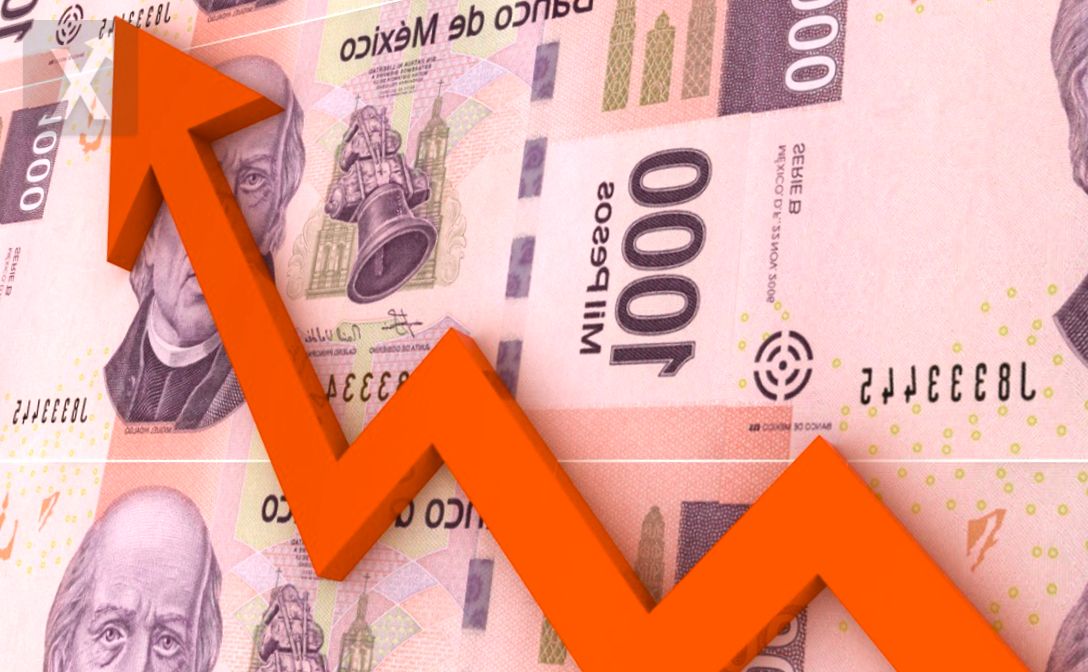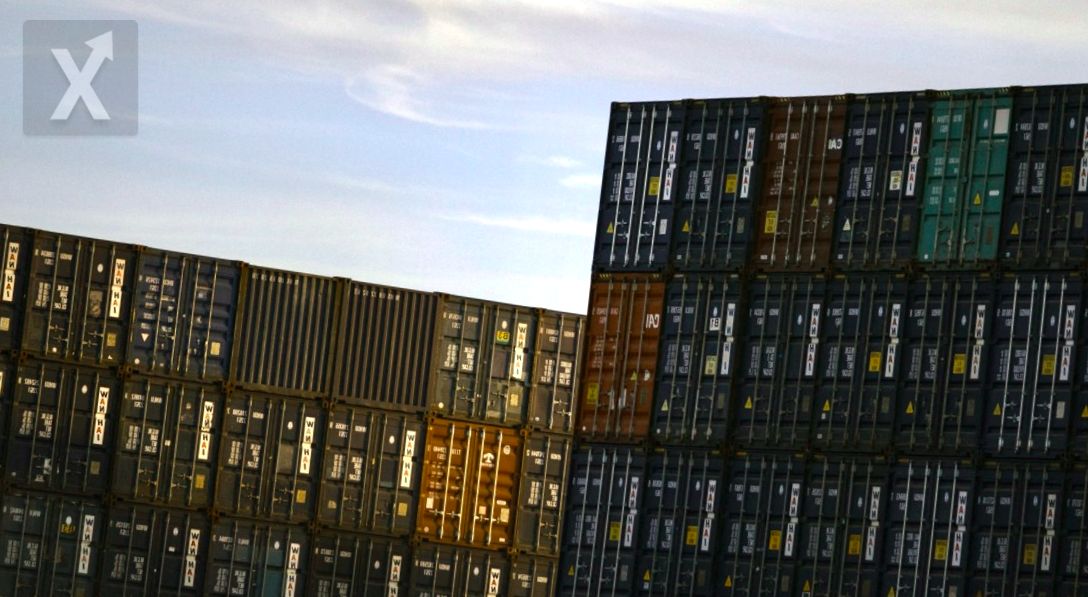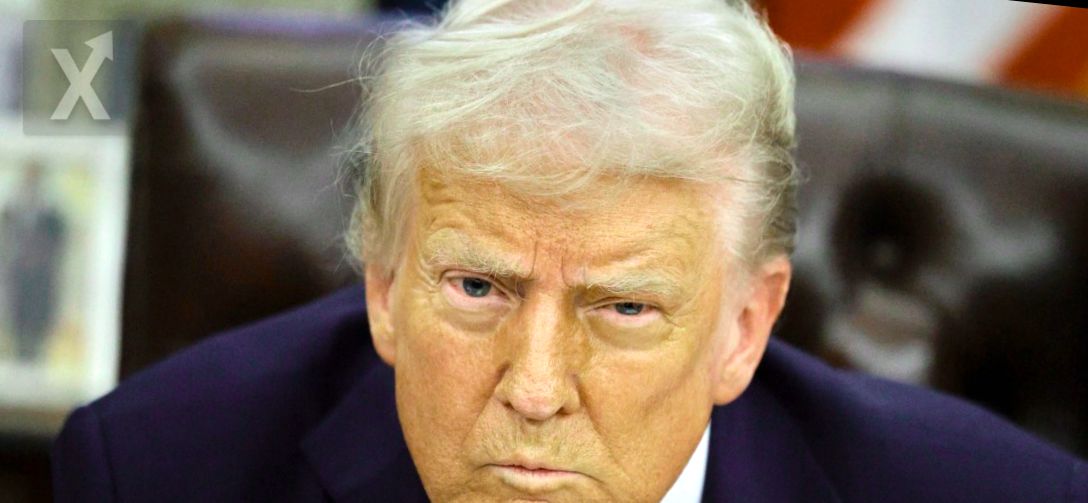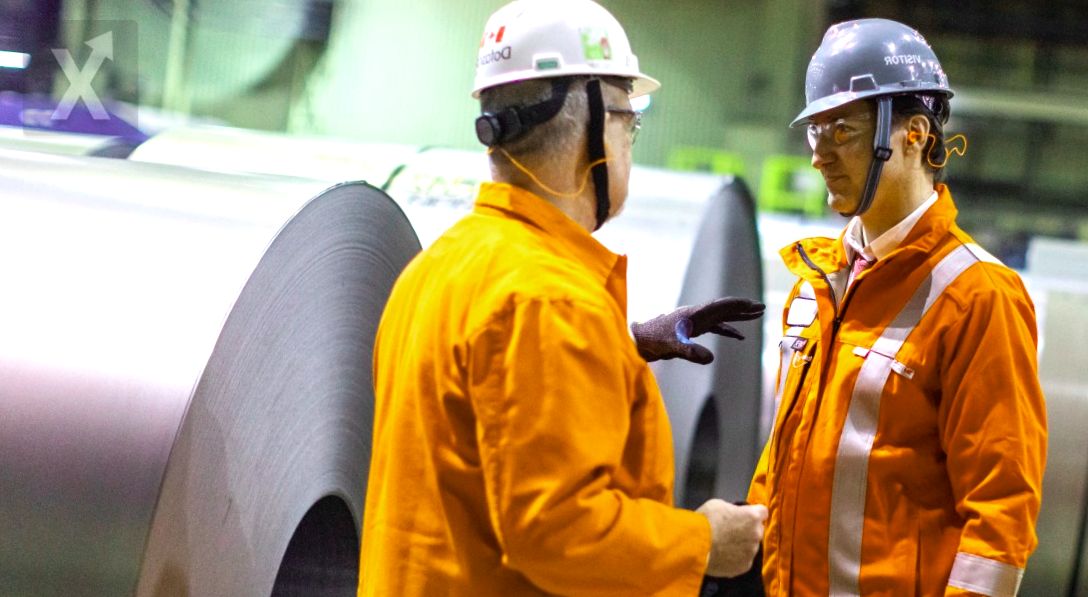Public Debt Interests Are Set to Reach Record Levels by 2025

According to data from the Ministry of Finance and Public Credit (SHCP), the financial cost of debt is expected to reach record figures by the end of 2024 and throughout 2025. The General Guidelines for Economic Policy (CGPE) estimate that the interest payments on the debt in our country will be 3.7% of GDP this year and 3.8% of GDP next year, the highest levels recorded since 2000. “The problem is that all debt generates interest; in 2024 we will incur significant debt, right in an election year, supposedly to complete infrastructure projects from the previous administration. Now we have to bear the costs of that debt, not only for this year but also for past years that have accumulated,” noted José Luis Clavellina Miller, director of Research at the Center for Economic and Budgetary Research (CIEP).
The same percentage expected for the end of 2024 is estimated for 2025, with a cost nearing 1.4 trillion pesos, while this year it's estimated at 1.2 trillion. This interest expense is equivalent to the total funding the federal government allocates to states through federal participation. It's projected that the financial cost will reach 3.8% of GDP the following year, while capital expenditure will be at 2.8%. “This means that just in interest and debt service, more money will be allocated than the total that will be invested in a year, which is quite significant,” Clavellina explained. As time goes on, the financial cost of the debt takes up an increasingly larger portion of the budget, limiting what can be allocated to other areas. “To cover debt and interest payments, the only remaining option is to cut expenses because incurring more debt means sacrificing future spending. This year, the government doubled its deficit, so it will have to reduce spending in other areas to meet obligations, which are currently at high-interest rates due to inflationary inertia that prevents rates from dropping to levels seen in previous years,” clarified Manuel Herrera, vice president of the National Committee for Economic Studies at the Mexican Institute of Finance Executives (IMEF). In addition to being an obstacle to investment in social and economic infrastructure, the high cost of interest pressures credit rating agencies. “We are on the edge of a potential change in outlook or even a downgrade in rating if the financial cost continues to rise faster than income,” Herrera pointed out. He also emphasized that a downgrade in credit ratings would increase future financing costs and shorten debt repayment timelines. “This is the result of excessive spending in a single year, making it crucial to maintain moderate fiscal deficits to avoid falling into these dynamics,” added Herrera.
This scenario highlights the importance of prudent fiscal planning. Controlling spending and diversifying revenue sources are key steps to ensure long-term economic sustainability and avoid excessive dependence on debt. Future administrations will need to find a balance to promote growth without sacrificing the financial health of the country.






